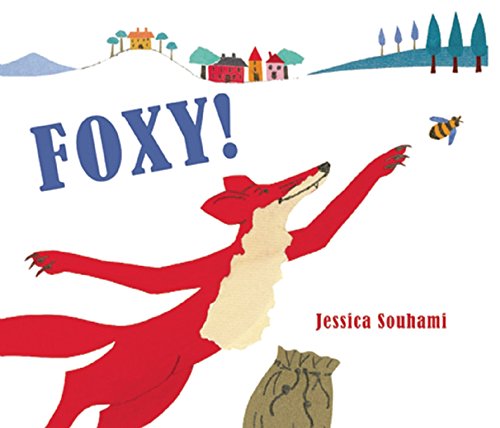My career lends itself to a very biased lens--I currently work in an elementary school for a district that promotes being "kidcentric." I've taught in a Title I school, and worked in a disciplinary setting for over a decade. After reading the Bloom County strip, I started musing about political platforms. What if a politician built his/her platform on what was best for the children in our country?
It's not too hard to connect the dots between children's welfare and familiar national issues:
- Production and availability of healthy food
- Healthcare
- Parental leave policies
- Minimum wage
- Education
- Environment
- International diplomacy (think about our children going to war as adults)
I'm sure you could add more to this list. Just think about it. What if we truly started viewing our political decisions not on how they affect us voters here and now, but how they affect our children, now and in the future?
Is it too simplistic...or the biased lens we all need to look through? The way I see it, what's good for children, is good for us all.
Is it too simplistic...or the biased lens we all need to look through? The way I see it, what's good for children, is good for us all.








